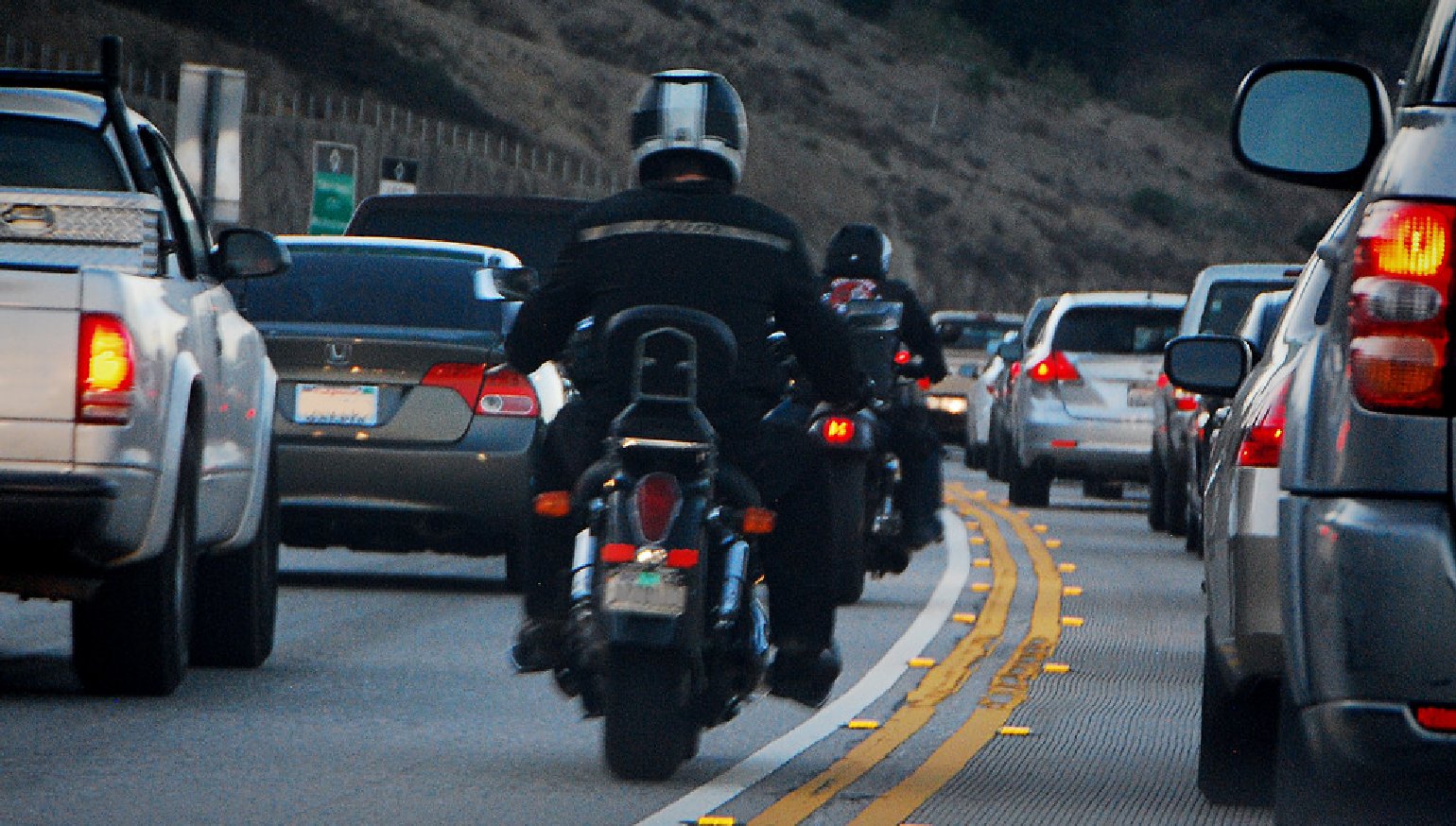Lane splitting, white lining, stripe riding, lane sharing, filtering… no matter what you call it or how it works, motorcycles moving around or between lanes of traffic is a touchy subject in the United States.
That’s probably due to California being the lone state where it’s legal, despite efforts across the country to allow riders to split lanes in other states. Some of those efforts might result in lane splitting coming to a state near you in 2019, but no state has yet managed to follow California’s lead. Here’s a look at what’s happening around the nation.
Maryland
Bill 917 introduced by State Delegate Kathy Szeliga would allow motorcycles to “overtake and pass in the same lane occupied by the vehicle being overtaken, and operate a motorcycle between lanes of traffic or between adjacent rows of vehicles.” The bill also proposes enhanced rider education programs to presumably show Marylanders how to split. Bill 917 has been referred to the House Environment and Transportation Committee, and they’ll review it tomorrow. If the bill passes, lane splitting will be legal in Maryland starting on October 1, 2019.
Connecticut
Senator Catherine Osten introduced Bill 629 in late January for the legalization of lane splitting in Connecticut. The bill aims to reduce traffic congestion in Connecticut by allowing “the operator of a motorcycle to operate between lanes of traffic.” Get stuck in a jam on I-95 or the Merritt Parkway and you might think about splitting lanes, too. The bill has been sent to the Joint Committee on Transportation for review. Expect more news on Bill 629 later this year.
Utah
Utah has a decent chance of legalizing lane filtering this year. House Bill 149, which legalizes lane filtering, just passed the Utah House, and its fate now rests with the Senate. If passed, a motorcycle could legally travel between lanes of stopped traffic. HB149’s sponsor, Representative Walt Brooks, has been rear-ended twice on his motorcycle. He hopes the bill will reduce the number of rear-end impacts to motorcycles in Utah, which totaled 1,288 from 2011 to 2017. In an interview with the Salt Lake Tribune, Brooks was clear to differentiate his plan from California’s lane splitting. His plan only allows motorcycles to filter when traffic is stopped, and the bike’s speed cannot exceed 15 mph. The bill further restricts filtering to roads with speed limits under 50 mph.
Other states
Oregon’s had a few attempts at legalizing lane splitting, but none have been successful. House Bill 2314 is currently being reviewed by the Oregon Legislature's Joint Transportation Committee, and a grassroots organization, Lane Share Oregon, is working to rally support behind the bill. (You can contact them here.) The situation is similar in Texas, and it’s expected that supporters of lane splitting will introduce a new bill during the 2019 session of their senate. Hawaii’s experiment in shoulder-surfing continues, though full-on lane splitting is not yet recognized.
Lane splitting’s future
Frankly, these efforts never go anywhere, with the one exception of California's legislation a few years ago. There is, however, something to be said for the persistent efforts to legalize lane splitting in the United States. Ever-increasing congestion, not to mention crashes caused by distracted driving, means state legislators may consider new tactics to deal with jammed roadways and expensive infrastructure. Is lane splitting or filtering the best answer? Your state government will have to answer that question for themselves.































 Riders Preferred Membership
Riders Preferred Membership




